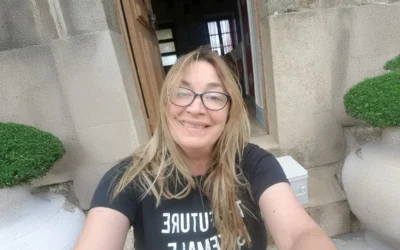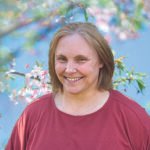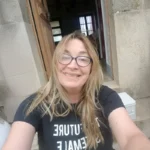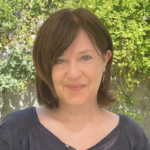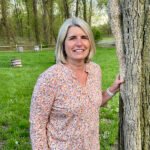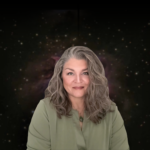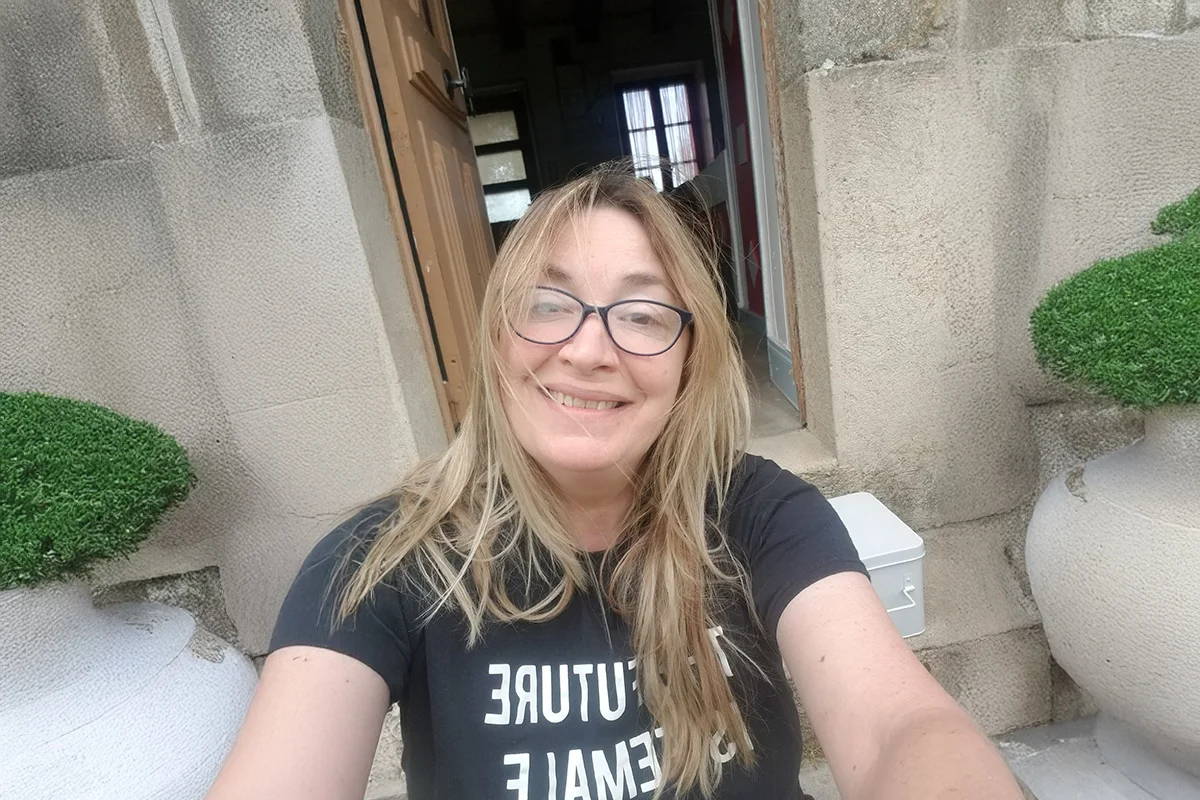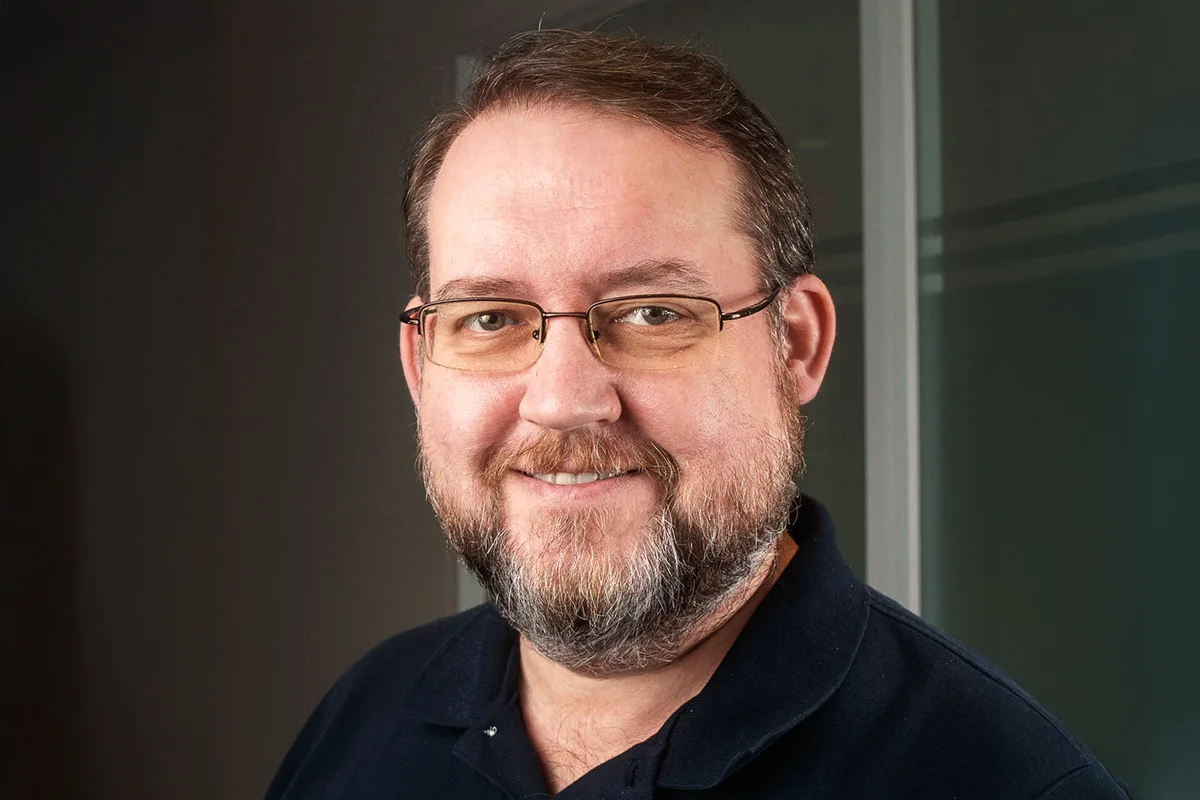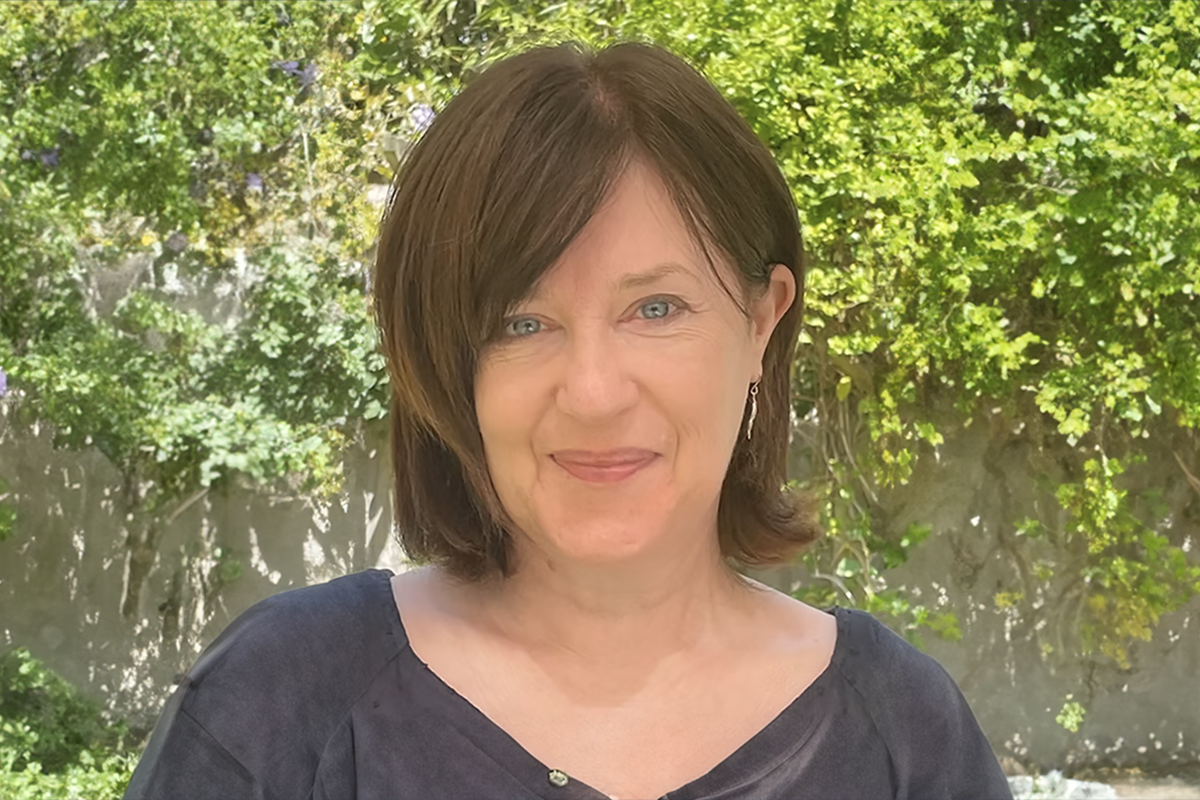- Epic Fantasy
- Interview
- New York Times Bestselling Author
- USA Today Bestselling Author
- Washington Post Bestselling
Michael J. Sullivan Explores the Craft of Fantasy, Worldbuilding, and the Human Experience
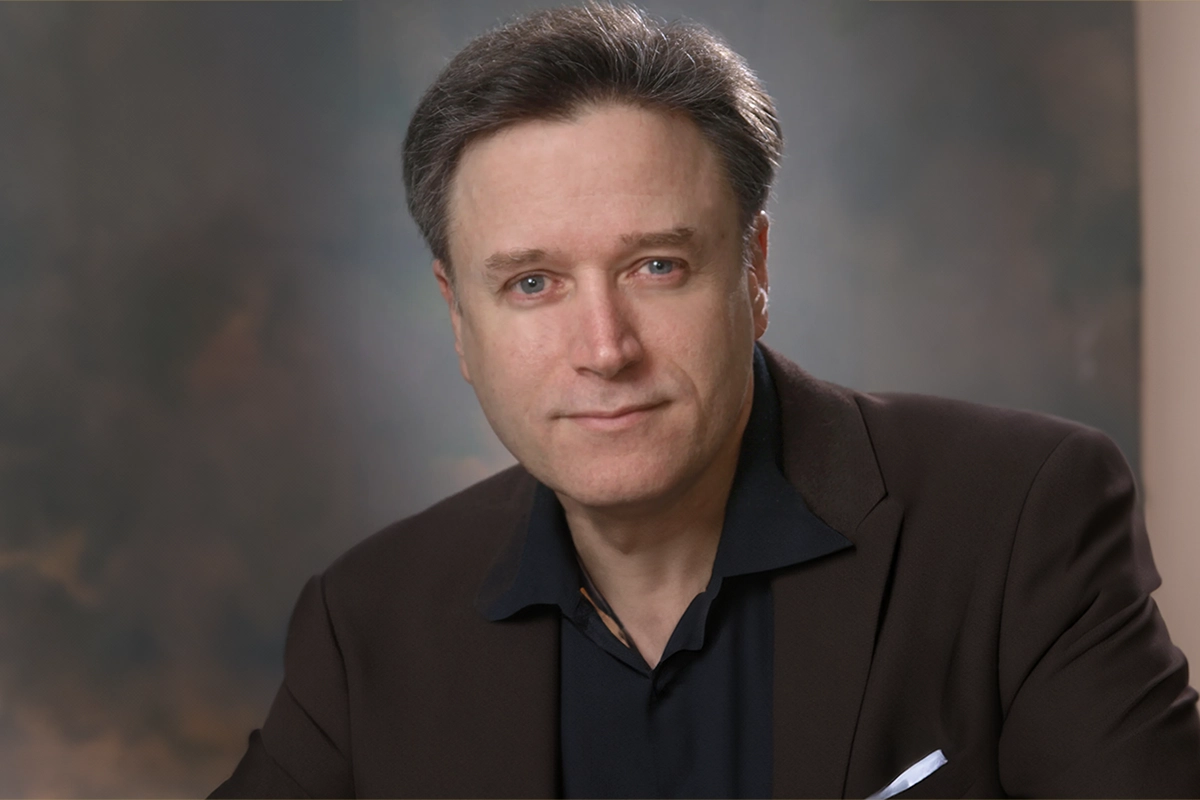
Photo: Michael J. Sullivan, bestselling fantasy author of The Riyria Revelations and Legends of the First Empire, photographed during his insights-filled interview with Novelist Post.
A Deep Dive Into Imagination, Writing, And Storytelling Brilliance
New York Times, USA Today, and Washington Post bestselling author Michael J. Sullivan discusses his worldbuilding in Elan, biological realism in fantasy, writing influences, self-publishing journey, and advice for emerging authors while exploring the timeless human truths behind his stories.
Michael J. Sullivan stands as one of the most beloved voices in modern fantasy, a writer whose stories have enchanted millions across the globe. With twenty-one novels spanning multiple series—including The Riyria Revelations, The Riyria Chronicles, Legends of the First Empire, and The Rise and Fall—his works are marked by heart, humor, and a profound exploration of human resilience and connection. A New York Times, USA Today, and Washington Post bestselling author, Sullivan has achieved something rare in today’s publishing world: success and acclaim both through major traditional publishing houses and as a self-publishing pioneer. Few authors embody the spirit of perseverance and creative freedom as completely as he does.
What sets Sullivan apart is not only the epic scale of his worldbuilding but the intimacy he effortlessly weaves into every story. His novels combine sweeping histories, political intrigues, and mythic struggles with characters who feel achingly human—heroes we admire, rogues we root for, and societies that reflect both the flaws and triumphs of our own. Readers often speak of Riyria’s Royce and Hadrian as though they are old friends, proof of the author’s gift for crafting relationships that live beyond the page.
In this issue of Novelist Post, we are delighted to share an in-depth interview that reveals just how much thought, heart, and imagination Sullivan pours into his craft. From the biological logic underpinning his world of Elan to his candid advice for emerging authors navigating the complex terrain of publishing, Sullivan offers insights that are as inspiring as they are practical. His reflections remind us that great fantasy is never just about magic and adventure—it is about the human condition, the choices we make, and the stories that shape who we are.
It is both an honor and a joy to bring readers this conversation with one of fantasy’s most enduring storytellers. Michael J. Sullivan’s journey and his worlds remind us that the blank page is not only a challenge but also an endless opportunity for wonder, discovery, and connection.
Michael J. Sullivan is a master storyteller whose unforgettable characters and visionary worlds elevate fantasy into deeply human, emotionally resonant experiences.
When creating humans, Fhrey, and dwarves in Elan, did you use any biological or pseudo-evolutionary rules to guide differences in lifespan, physiology, and abilities?
I attributed the differences to their environment. The Fhrey lived in a forest of plenty, leading to a long lifespan, a need for keen eyesight, and stealthy movements. Dwarves were stunted physically as they evolved underground in small spaces, developing strong stocky bodies from heavy labor. Humans lived in fields but in poor agricultural areas leading to a shorter life span but a faster reproduction rate.
How did ecology, including climate, resources, and predator and prey dynamics, shape the cultures, migrations, and conflicts across Elan?
(See above answer) In addition, humans, due to poor resources, were forced to migrate which drove them into contested territory. In the case of the dwarves, this resulted in trade and technology sharing (because dwarves living underground were not in direct competition for land.) In the case of the Fhrey, this resulted in war.
For long lived races, how did you think about aging (senescence), fertility, and population dynamics to keep their societies believable?
Overpopulation was the first issue, which was handled by reducing the reproduction rate. Ages were perceived differently. An individual in their first century is considered a juvenile. Due to the immense lifespans, couples rarely remain together for life, and it wouldn’t be unusual for sexual preferences to change out of a need for variety.
“Magic can’t be magic if its properties are neatly defined, for then it becomes a kind of science.” – Michael J. Sullivan
What research informed your depictions of wounds, infection, nutrition, and endurance during travel and combat for Royce and Hadrian?
Some of it came from personal experience. I have hiked, camped, and gone canoeing for weeks at a time, and I owned a horse. I have also been injured on these backwood trips on occasion. For more serious wounds, I relied on the Internet, usually opting for first hand accounts. Combat was developed from some limited training in martial arts that I learned as a kid, and also some from Internet research. But the vast majority was drawn from my imagination and logic.
Hollow World touches speculative human biology. What real concepts, such as gene editing, population genetics, immunity, or sexual dimorphism, most influenced that book, and where did you intentionally diverge from accuracy?
I set Hollow World far enough in the future so as to avoid much of these issues. While a lot of the “science” behind the novel is (as far as I know) impossible at this time (and possibly at any time) my focus was not on the practical application of biology, genetics, or even physics. These were all merely world building background catalysts. The focus was on interpersonal relationships and how a person’s perspectives change based on lived experience. How would a person from today view a true future utopia if that time required the elimination of flawed traditions and familiar expectations? I merely listed everything our present society said they wished for, then found a practical way to achieve them and allowed readers to decide for themselves if it was a utopia or dystopia.
How do you set limits so magic cannot hand wave away biological realities such as disease, poison, fatigue, and healing?
I do so with a great deal of rationalization. Magic can’t be magic if its properties are neatly defined, for then it becomes a kind of science. Yet, in order to provide a sense of realism, I based the general idea on art. The nature of creativity is a kind of magic. Some have it, some don’t. To those who are not creative it seems mysterious and wonderful. As such, most of my analogies trend back to being an artist myself and the limits, no matter how mystical, that it has. Healing is a problem because while an Artist might be able to create a storm, repairing the detailed cells, arteries, and tissues of a human body would be too complicated for most anymore who was forced to “make it up.”
Did your family’s experience with dyslexia influence how you portray cognition, learning differences, or sensory processing in characters such as Suri or Persephone?
No. The dyslexia caused me to create a writing style that is easy to grasp and fast paced enough to capture and hold the attention of someone who struggles with that. In the process, I discovered that was simply a better way to write stories. My characters are based on some people I know, but mostly on myself and grown from my imagination and the words as I write them.
What role do domesticated species, including horses, crops, and draft animals, play in your worldbuilding, and did you consider selective breeding or agricultural biology when plotting economies and wars?
My first series in the world of Elan was set in a technological setting loosely based on Earth’s late medieval period. When I wrote the Legends of the First Empire series, which was set three thousand years before that, I sought to communicate this by way of technological differences. Horses were not yet domesticated. Coin money did not exist, nor did the idea of businesses or shops. Also given the level of technology in both series, selective breeding would have been very limited and mostly accidental.
If you wrote a plague arc in Elan, how would you design its pathogen, including transmission, incubation, and mortality, and how would you balance natural countermeasures with magical responses?
I do have a plague arc. A terrible disease arrived in a small village and began killing the population. It was stopped when a priest, informed by a god, was directed to burn the entire village and all the villagers, alive and dead. Magic had no part, nor does it in most things as my world is low magic in nature.
Given your journey through rejection, self publishing, big five deals, Kickstarter, and rights negotiations, what experience based advice would you offer emerging authors on craft, persistence, and protecting their rights?
The best advice is to familiarize yourself with the pros and cons of each. Traditional publishing offers a “stamp of approval,” wider distribution, and an elevated “author brand,” but it comes at the cost of giving up print, ebook, and audio rights for the life of the copyright. It also leaves you with no control over things like pricing, formats, and cover design. By self-publishing, you’ll retain full rights and earn much more on each book sold, but you’ll also be responsible for all the work — which can be good or bad depending on your abilities and proclivities. There isn’t a universal one-size-fits-all solution, but there will be a “best fit” for the individual, and that may change over time.

